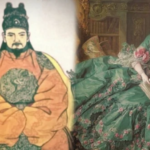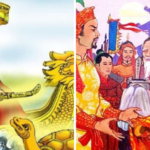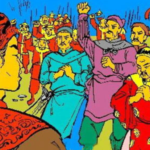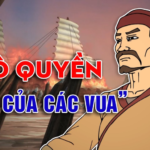This is the greatest dynasty in the history of feudal Vietnam, known as the ‘leader who created the map’, for generations to come still have to bow down and admire!
Le Loi was born on August 6, 1385, the third son of Le Khoang and Mrs. Trinh Thi Ngoc Thuong. Dai Viet su truyen wrote: “The king was born in Chủ Sơn village, Lôi Dương district (now Xuân Thắng commune, Thọ Xuân district, Thanh Hoa province).
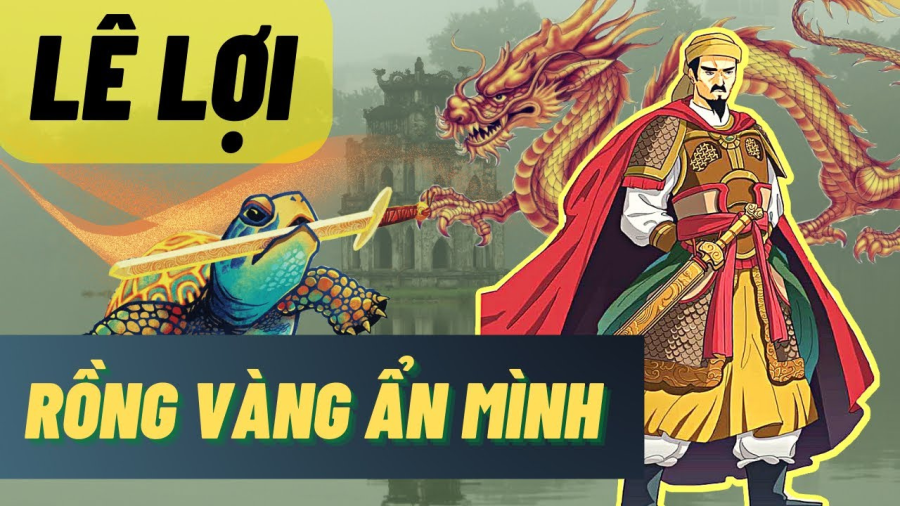
When he was born, the king looked extraordinary, with a majestic and splendid beauty: bright eyes, wide mouth, high nose, a mole on the shoulder, walking like a dragon, stepping like a lion, and speaking like a bell… At that time, the scholars all considered the king to be extraordinary”. Growing up during the Ming dynasty’s rule over Vietnam.
In 1418, Le Loi organized the Lam Son uprising against the Ming army. Under his leadership, after 10 years of brave fighting, the righteous army defeated the invading army and regained national independence.
In the 4th lunar month of 1428, Le Loi ascended to the throne in Dong Kinh (known as Thang Long), established the country’s name as Dai Viet, settled in Dong Kinh, and took the title of Le Thai To. He was the first emperor of the Later Le dynasty, marking the beginning of the longest dynasty in Vietnamese history.

The Later Le dynasty is divided into two periods: Early Le and Restored Le. The Early Le dynasty lasted for 99 years, from 1428 to 1527. The Restored Le dynasty lasted for 256 years, from 1533 to 1789. This is the longest-lasting feudal dynasty in Vietnamese history.
The Later Le dynasty was established after Le Loi (also known as Le Thai To) led the Lam Son uprising and defeated the Ming army, overthrowing the puppet Tran Cao and proclaiming himself king; it ended in 1789 when the Qing dynasty invaded Dai Viet with the support of Le Chieu Tong.
Some sources state that this dynasty is called the Le dynasty, while others call it the Later Le dynasty to distinguish it from the Early Le dynasty (980-1009) founded by Le Dai Hanh. Both names are correct.
The Later Le dynasty had a total of 26 kings. Among them, the Early Le dynasty had 10 kings (some records claim 11 kings) and the Restored Le dynasty had 16 kings. This is the feudal dynasty that lasted through the most royal reigns in Vietnamese history.
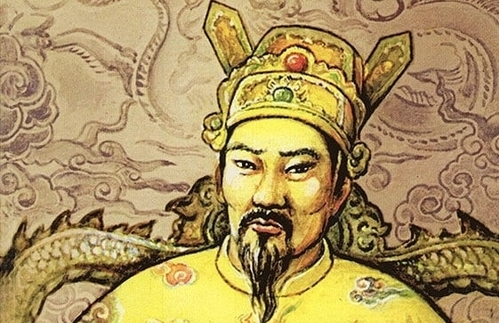
According to Dai Viet su truyen, in January 1428, before ascending to the throne, King Le Thai To urgently convened the nobles to discuss the establishment of laws for governing the country. He issued an Edict stating, “All people must follow the correct reign, national, and capital titles when submitting documents related to any matter. Failure to comply will result in punishment, such as beatings, arrests, demotions. All agreements for buying, selling, exchanging, and borrowing, if not following the regulations in the Edict, will not be considered valid”.
Afterwards, King Le Thai To enacted a number of laws that are still preserved in Dai Viet su truyen, such as the Law of Litigation (in 1428); the law prohibiting gambling and alcohol (in 1428); the law prohibiting abandoning uncultivated land (in 1429).
According to the law during the reign of King Le Thai To, the punishment for offenders (both officials and common people) was often demotion, dismissal, or exile. The severity of punishment varied depending on the seriousness of the offense. The Hinh Luat and Hong Duc Code appeared in later reigns of the Le dynasty.
King Le Thai To advocated building a society based on agriculture. After ascending the throne, he ordered localities to survey the total amount of farmland. Dai Viet su truyen recorded the event as follows: “The land of old officials, of previous aristocratic families, of self-sufficient commoners, as well as the land of disobedient officials and deserters, along with other seasonal goods, must be clearly recorded with the exact quantities, to be submitted by the middle of the second month of the next year”.
At the end of 1428, the King issued another order for prefectures and districts to create land and household registers. “Commanding the prefectures, districts, towns, and roads to examine the cultivated fields, uncultivated land, mines, gold, silver… as well as the various types of land owned by aristocrats and self-sufficient commoners, and deserters, being unequivocally recorded, to be submitted”, recorded in Dai Viet su truyen.
After a period of implementing these policies, the total area of land owned by the State increased and became dominant. Based on the new farmland and the completion of new land registers, the later Le dynasty implemented a land allocation policy.
Also in 1429, the king commanded the nobles in the court to discuss the allocation of land from the nobles to the elderly, orphans, widows, and the weak. In addition, the king also focused on granting tax exemptions. This contributed to the development of agriculture.
The merits of Le Thai To were described by historian Ngo Si Lien in Dai Viet su truyen: “The King was enthusiastic, eager to lead the army in defeating the Ming invaders. After 10 years, he achieved great success. When he ascended to the throne, he established laws, created rituals and music, opened examinations, established forbidden activities, built official positions, set up prefectures and districts, collected books, expanded schools. He can be described as having great plans and ambitions to develop the nation”.
Nguyen Trai wrote about Le Thai To: “The merit of our King today can only be compared to the great scale of the Han Dynasty’s Founder/ It cannot be compared to Cau Tien, even though his achievements in avenging the enemy were considerable, in other aspects, he cannot be compared to our King/ Such as: not killing divine spirits, great virtue filial piety/ Thinking of the nation’s plans throughout the ages/ Forgiving the ten thousand troops/ Creating harmony between two countries/ Ending the wars for countless generations/ Enemies have to follow the upper book: two countries remain safe and secure/ In this way, the merits of our King cannot be compared to the Founder of the Han Dynasty”.

























